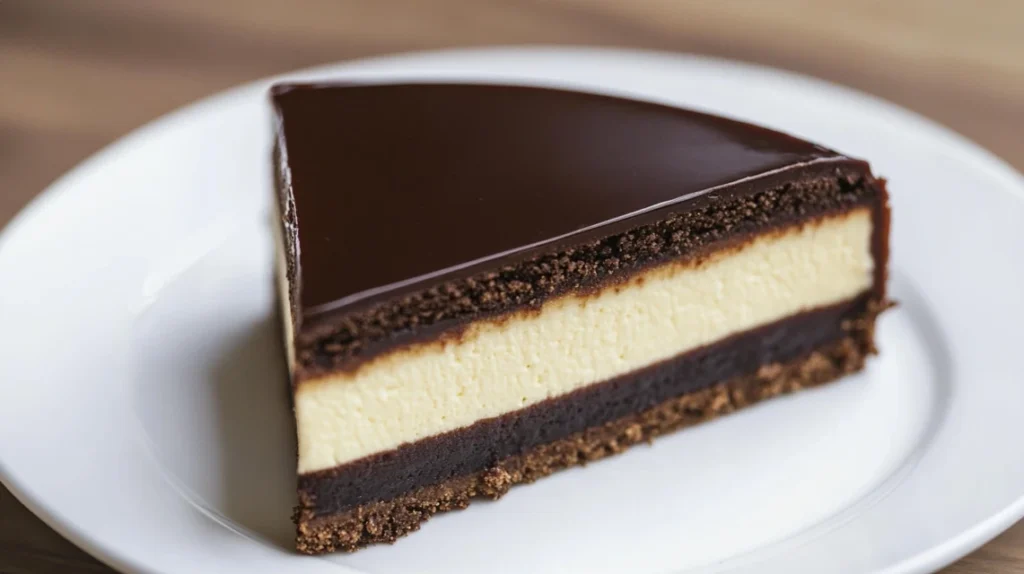Cheesecake is a classic dessert beloved worldwide for its creamy texture and rich flavor. Understanding the essential components of cheesecake filling can help elevate your baking skills, ensuring you achieve the perfect consistency, flavor, and appearance. In this guide, we’ll delve into the core ingredients, variations, and expert tips for creating a delightful cheesecake filling.
Introduction to Cheesecake Filling

The foundation of a cheesecake filling generally includes cream cheese, a sweetener, and often eggs, with optional flavorings. Some bakers prefer traditional baked cheesecakes, while others favor the lighter no-bake versions. The ingredients and methods vary slightly between these types, so let’s explore each in detail.
For more insights on cheesecake types, check out our guide on what makes New York cheesecake unique compared to other styles. Additionally, understanding the difference between baked and no-bake cheesecakes can help you decide which suits your preference.
Core Ingredients of Cheesecake Filling
1. Cream Cheese: The Foundation of Cheesecake
The primary ingredient in most cheesecake fillings is cream cheese, providing the rich and creamy base. Full-fat cream cheese is commonly used, but variations with reduced fat or vegan cream cheese exist for those with dietary preferences.
- Full-Fat Cream Cheese: Offers a rich, traditional texture.
- Reduced-Fat and Vegan Cream Cheese: Suitable for health-conscious and dairy-free alternatives.
2. Sweeteners: Granulated Sugar and Alternatives
Most recipes use granulated sugar, adding just the right amount of sweetness. For smoother textures in no-bake cheesecakes, powdered sugar is often used. Alternatives like honey or sweetened condensed milk provide a unique sweetness and texture.
Alternative Sweeteners:
- Powdered Sugar: Smooth and ideal for no-bake recipes.
- Honey or Maple Syrup: Natural sweeteners with distinct flavors.
- Condensed Milk: Common in no-bake cheesecakes for added creaminess.
3. Eggs for Structure
Eggs are integral in baked cheesecakes, offering structure and a dense, velvety texture. For egg-free recipes, common in no-bake cheesecakes, alternatives like gelatin or agar can achieve similar firmness.
4. Flavorings

While vanilla extract is a staple for classic cheesecake, other flavors can add depth to your filling. For example, lemon zest or almond extract can complement the cheesecake’s rich texture.
Popular Flavor Additions:
- Vanilla Extract: Classic, warm flavor.
- Lemon Zest or Juice: Adds a subtle tang.
- Almond Extract: Offers a nutty complexity.
Types and Variations of Cheesecake Fillings
1. Baked vs. No-Bake Cheesecake
Each method impacts the filling’s texture and consistency. Baked cheesecakes are dense, while no-bake cheesecakes are lighter and typically set in the refrigerator.
- Baked Cheesecake: Traditional method involving eggs and a water bath.
- No-Bake Cheesecake: Uses whipped cream or gelatin for firmness without eggs.
2. Specialty Cheesecake Fillings
To accommodate dietary preferences, there are specialty options like vegan and low-fat cheesecakes. Vegan fillings often use cashews or tofu as a base, while low-fat options incorporate Greek yogurt.
For more ideas, explore the ultimate guide to chocolate cheesecake for a rich twist on classic cheesecake.
3. Adding Mix-Ins and Toppings
Enhance your cheesecake with mix-ins like chocolate chips or fruit purées, and top it with options such as fresh fruit, whipped cream, or caramel for a finishing touch.
Step-by-Step: How to Make Cheesecake Filling

1. Preparation
Ensure ingredients like cream cheese are at room temperature to avoid lumps. Using a stand mixer or hand mixer can help achieve a smooth texture.
Tools Needed:
- Stand or hand mixer
- Mixing bowls
- Spatula
2. Making Baked Cheesecake Filling
In baked cheesecake, combine cream cheese, sugar, and eggs, mixing well to ensure a smooth filling. Baking in a water bath helps maintain an even, creamy texture.
3. Making No-Bake Cheesecake Filling
For a no-bake cheesecake, mix cream cheese and sweeteners, then gently fold in whipped cream or a gelatin mixture to create a light, airy filling.
FAQs About Cheesecake Filling
What is the Best Substitute for Cream Cheese in Cheesecake?
Mascarpone or ricotta can replace cream cheese, each lending a unique texture and flavor.
Can I Make Cheesecake Without Eggs?
Yes! No-bake recipes use gelatin or agar-agar to set the filling without eggs.
Why Does My Cheesecake Filling Have Lumps?
Lumps often result from cold cream cheese; always use room-temperature ingredients for smooth results.
How Long Does Cheesecake Filling Last?
Stored in the fridge, cheesecake filling lasts up to five days, and it can be frozen for longer storage.
For more guidance on variations and storage tips, you might enjoy our ultimate strawberry cheesecake recipe, perfect for berry lovers.
Conclusion
Creating the perfect cheesecake filling is both an art and a science, with numerous ingredient choices and preparation methods to explore. Whether you prefer a dense baked cheesecake or a fluffy no-bake version, knowing the basics of cheesecake filling is essential for success. With the tips and insights from this guide, you’re well on your way to making a delicious cheesecake that will impress any crowd.
Happy baking!


1 thought on “What is Cheesecake Filling Made From?”